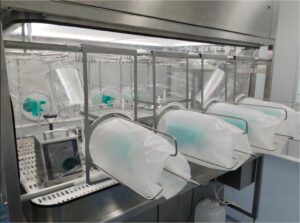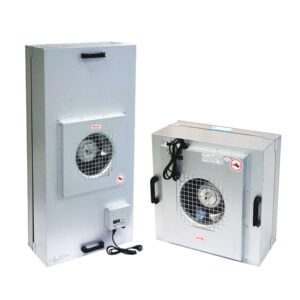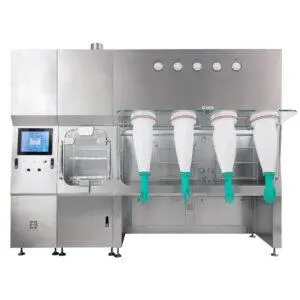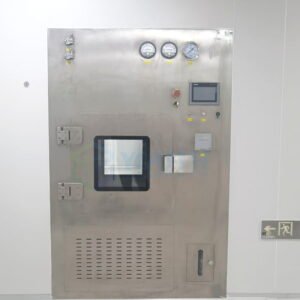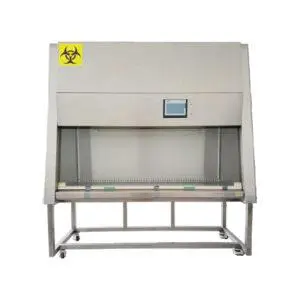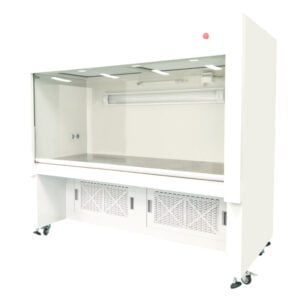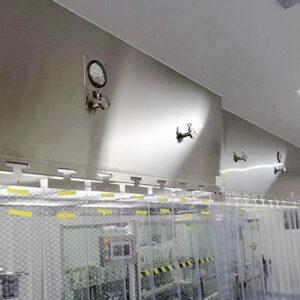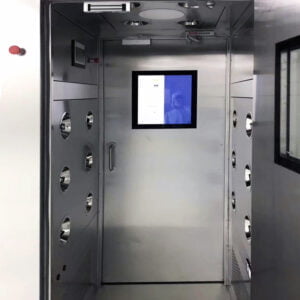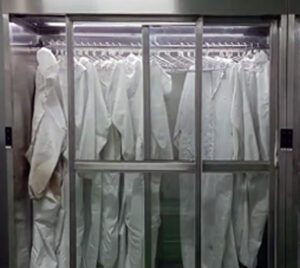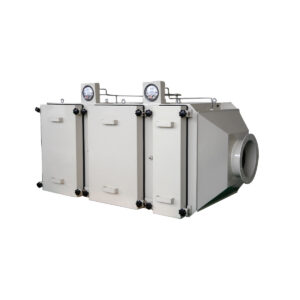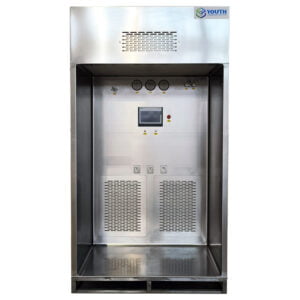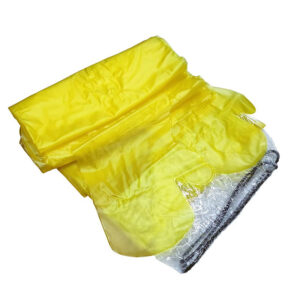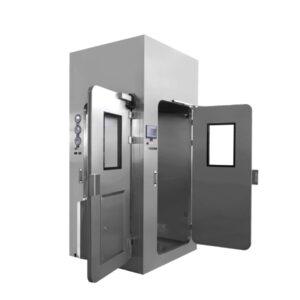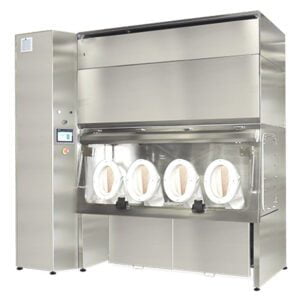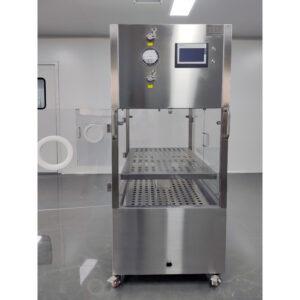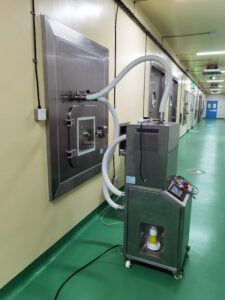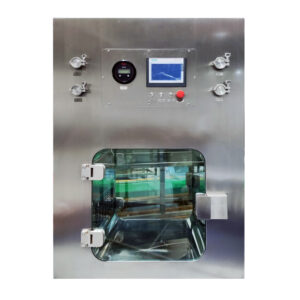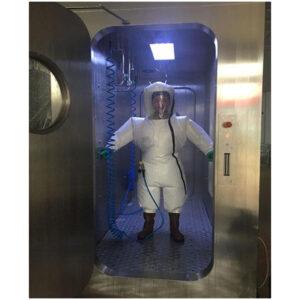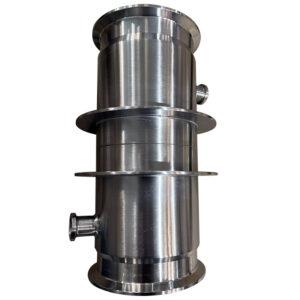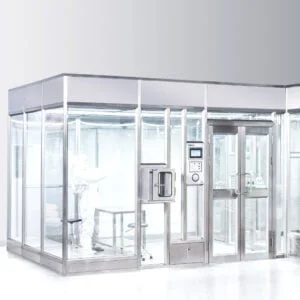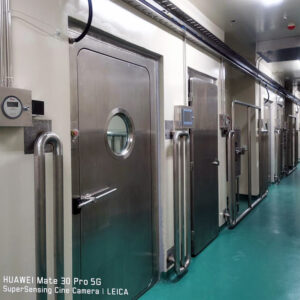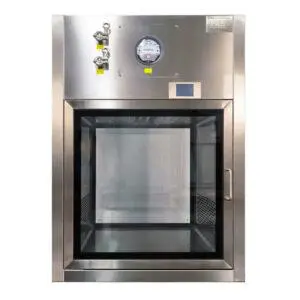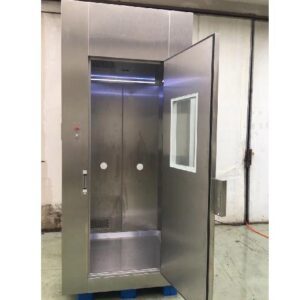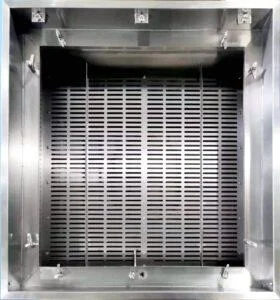Cleanrooms are essential in various industries, from pharmaceuticals to electronics manufacturing, where maintaining a pristine environment is paramount. However, keeping a cleanroom clean and up to its ISO class can be a daunting task. In this article, we’ll dive deep into the intricacies of cleanroom gowning, offering you a comprehensive guide to ensure the highest level of cleanliness.
Gowning Up: The First Line of Defense
1. Understanding Cleanroom Classifications
Cleanrooms come in different classes, each with specific cleanliness requirements. Define your cleanroom’s class to determine the level of protective clothing needed.
2. Protective Clothing Essentials
Learn what employees should wear inside the cleanroom. Depending on your cleanroom’s class, this may include gowns, gloves, masks, and goggles.
The Cleaning Ritual
3. Why Cleaning Is Crucial
Discover why even a clean cleanroom needs regular cleaning and disinfection. It’s a two-stage process to eliminate both non-viable and viable contamination.
4. The Role of Cleanroom Furniture
Uncover how cleanroom furniture can contribute to particle generation and accumulation. Invest in furniture designed to prevent dust traps.
5. Air Showers: A Pre-Entry Ritual
Explore the benefits of using an air shower in conjunction with the gowning room. It helps remove particles from individuals before entering the cleanroom.
6. Sticky Mats: The Contaminant Catcher
Learn about the effectiveness of sticky mats in reducing foot and wheel-borne contaminants. Consider adding them to your cleanroom setup for enhanced cleanliness.
Mastering the Gowning Process
7. The Gowning Space Layout
Understand the layout of a typical gowning space, including “getting dressed” and “cleaner” areas. Ensure employees know where to stand during the gowning process.
8. No to Perfume and Cosmetics
Discover why products like perfume, makeup, and hair gels should be avoided in a cleanroom environment due to their particle-emitting nature.
9. Remove Personal Items
Learn why personal items like jewelry should be removed before entering the cleanroom. They can introduce unnecessary particles into the environment.
10. Change Shoes and Use Sticky Mats
Explore the importance of changing shoes before entering the gowning area and using sticky mats to remove excess particles.
11. Donning Gloves: The First Step
Follow a step-by-step guide on properly donning gloves, a critical part of the gowning process, to prevent contamination.
12. Bouffants and Coveralls
Learn how to put on bouffants and coveralls correctly, ensuring all hair is covered and preventing contamination of gowning clothes.
13. Booties or Shoe Covers
Discover the proper way to don booties or shoe covers, including tucking in pants and using automatic dispensers if available.
14. Goggles or Face Shield (If Required)
Find out when and how to put on goggles or a face shield, depending on your cleanroom’s requirements.
15. Final Pair of Gloves
Learn about the final step in the gowning process: putting on a final pair of gloves to ensure maximum cleanliness.
Now that you’ve mastered the art of cleanroom gowning, you’re ready to enter the pristine environment. Remember, maintaining proper gowning standards is crucial to preserving the integrity of your cleanroom and the quality of your work.
FAQs: Your Cleanroom Gowning Questions Answered
- Why is gowning necessary in a cleanroom?
Gowning is essential to prevent particle contamination from entering the cleanroom environment. It helps maintain the desired cleanliness level. - What is the difference between non-viable and viable contamination?
Non-viable contamination refers to non-living particles, while viable contamination includes living organisms like bacteria. Both need to be addressed in cleanroom cleaning and disinfection. - Can I wear cosmetics or perfume in a cleanroom if I’m not directly handling sensitive materials?
No, it’s advisable to avoid cosmetics and perfume in a cleanroom as they release particles that can compromise cleanliness. - Why should I remove personal items like jewelry before entering a cleanroom?
Personal items can shed particles into the cleanroom, potentially contaminating the environment or sensitive materials. - What’s the importance of the “cleaner” area in the gowning space?
The “cleaner” area is where you make final preparations before entering the cleanroom, ensuring you’re as clean as possible to minimize contamination.
Now armed with this knowledge, you’re well-equipped to maintain the highest cleanroom gowning standards and uphold the integrity of your cleanroom environment. If you have more questions or need expert guidance, don’t hesitate to reach out to YOUTH Technology’s experienced team. We’re here to assist you in achieving the utmost cleanliness in your cleanroom.
This comprehensive guide on cleanroom gowning standards equips you with the knowledge and techniques necessary to maintain a pristine cleanroom environment. Understanding the importance of gowning, proper attire, and the cleaning process is crucial to ensure your cleanroom meets the highest cleanliness standards.
If you have any further questions or need expert advice on cleanroom maintenance, feel free to contact us at Angstrom Technology. We’re dedicated to assisting you in achieving the optimal cleanliness and performance of your cleanroom facility.
Related Contents:
- Mastering Cleanroom Gowning: A Comprehensive Guide to Sterile Environments and Contamination Control
- Essential Cleanroom Gowning Protocols and Contamination Prevention Strategies
- Bag-In/Bag-Out (BIBO) Systems: Operation and Maintenance Guide
- The Cleanroom Experience: A Guide to Safe and Efficient Operations
- Exploring the Versatility of Fan Filter Units Across Different Sectors
- Future-Proofing Cleanrooms with Advanced Fan Filter Units
- Maintaining Cleanroom Standards with High-Efficiency Fan Filter Units
- How Fan Filter Units Maintain Cleanroom Standards in Optics and Photonics
- Exploring Cleanroom Furniture: Maintaining Purity and Precision


